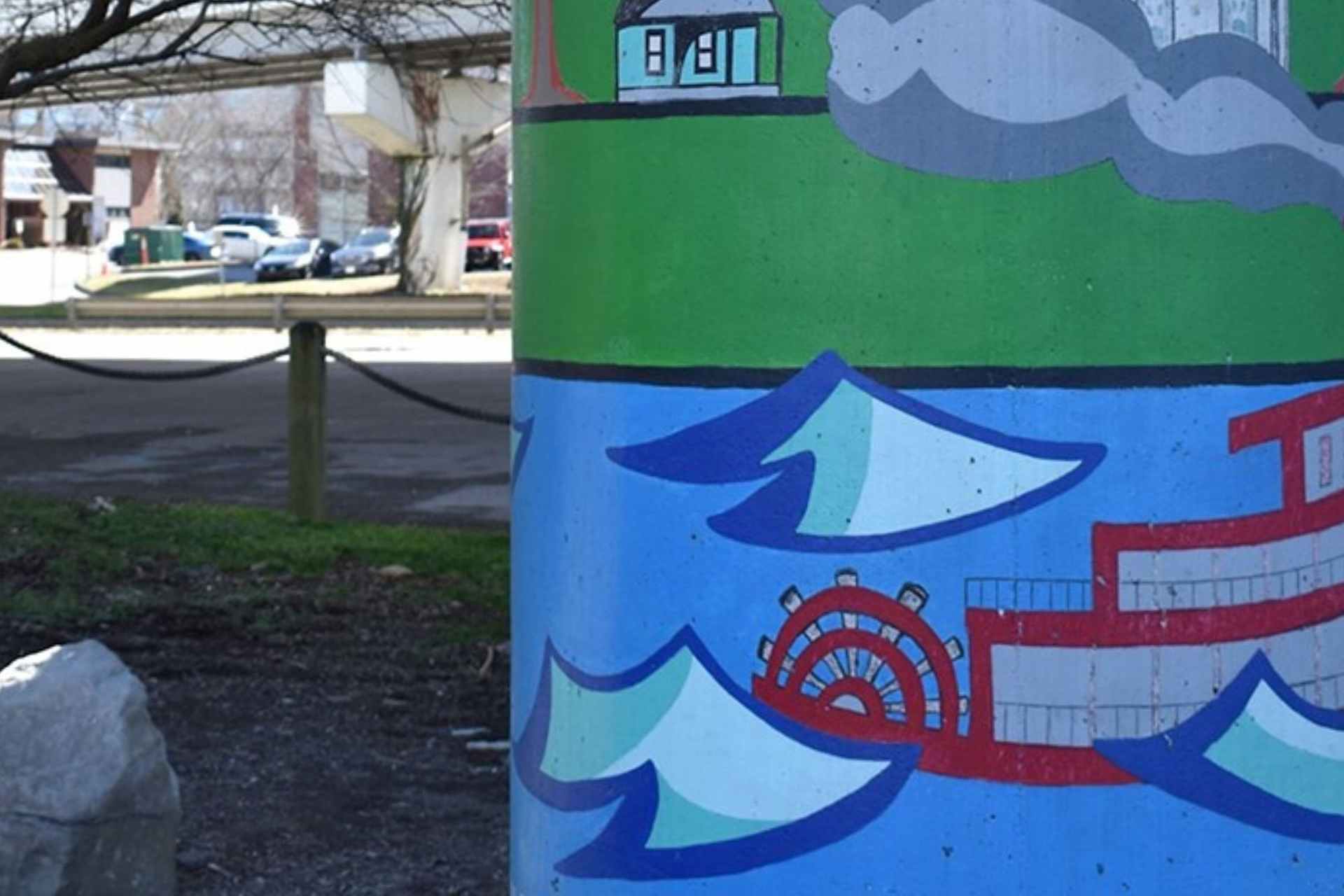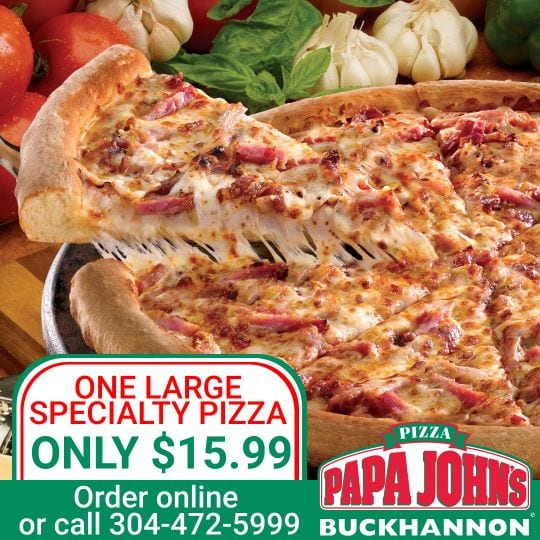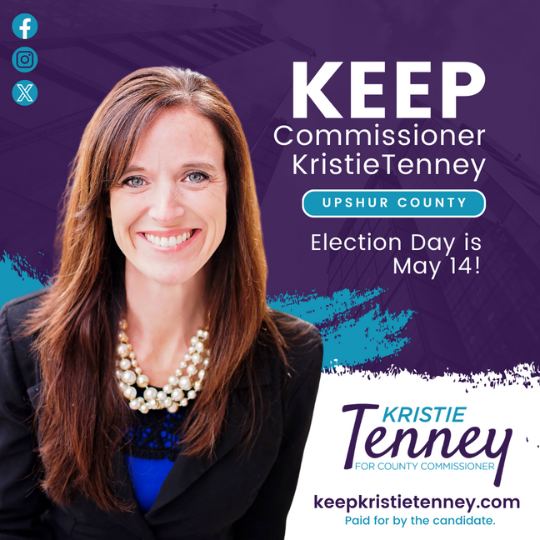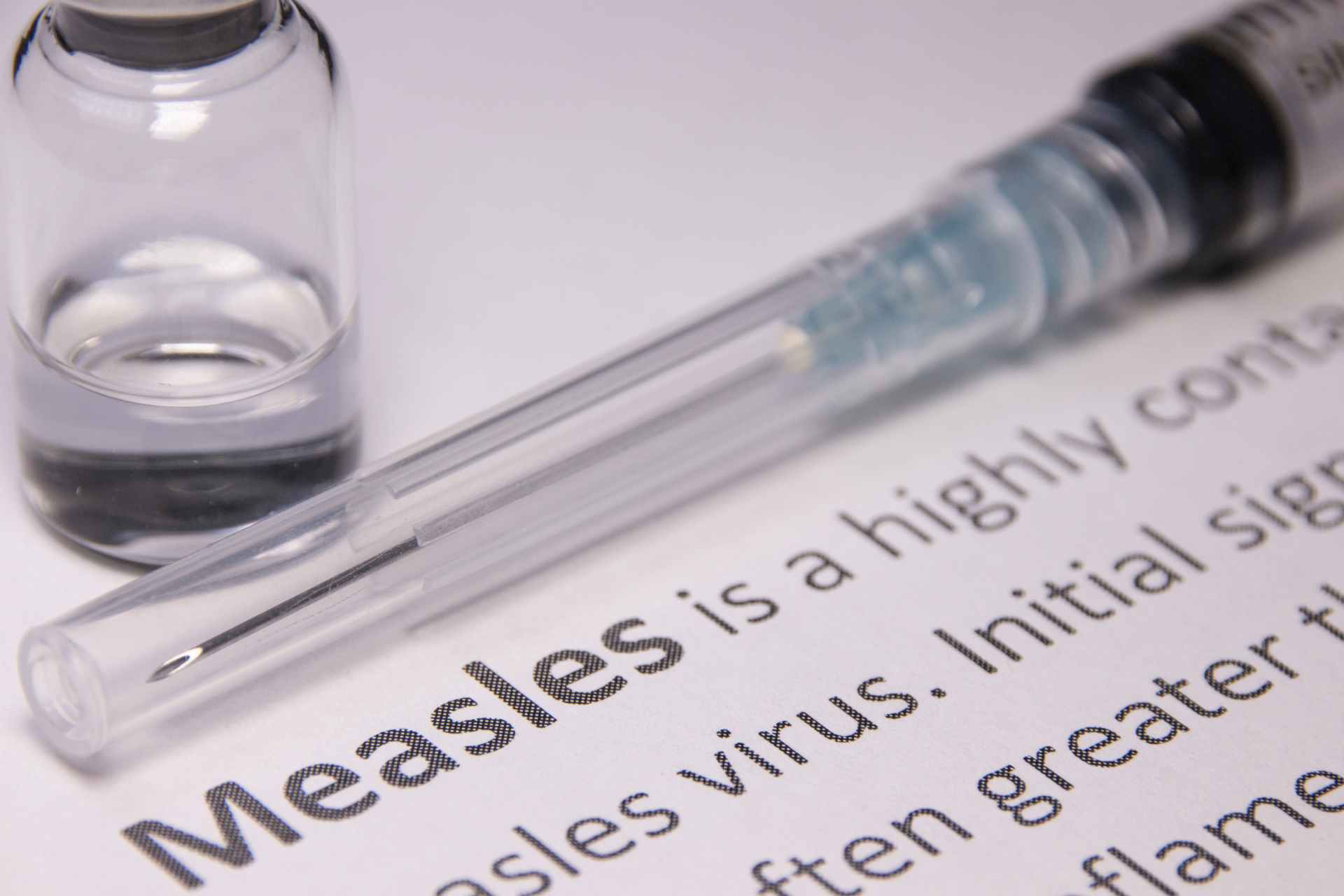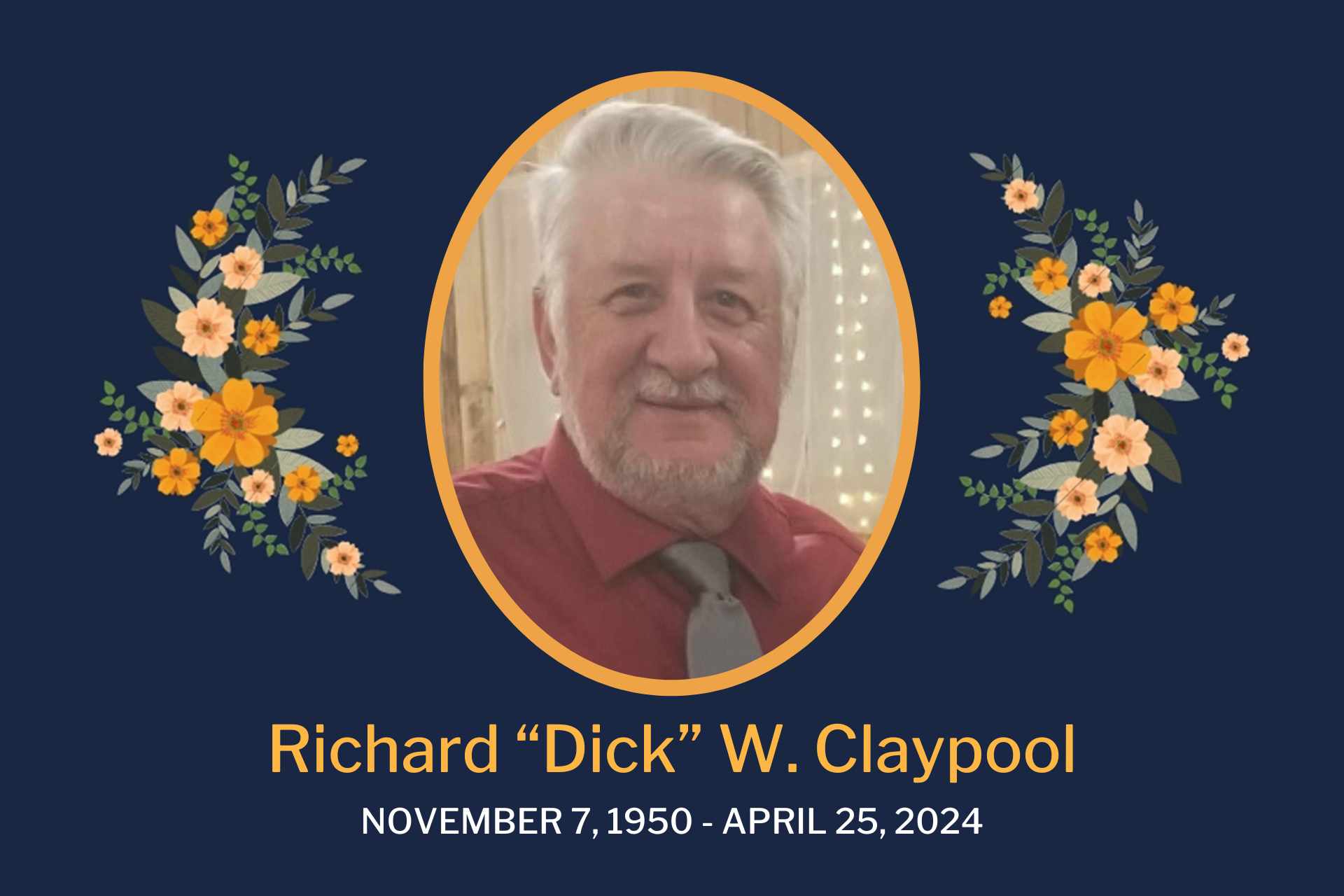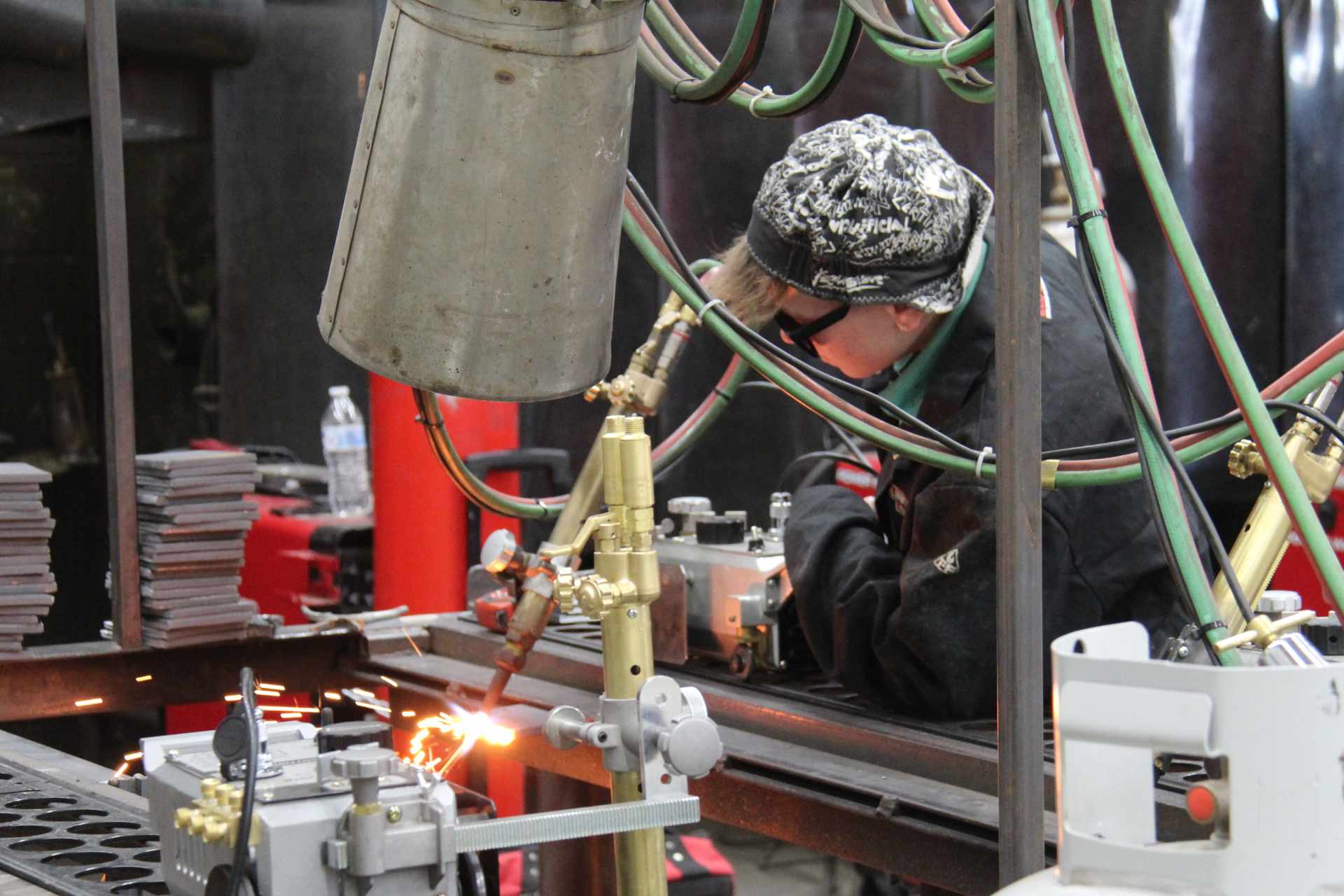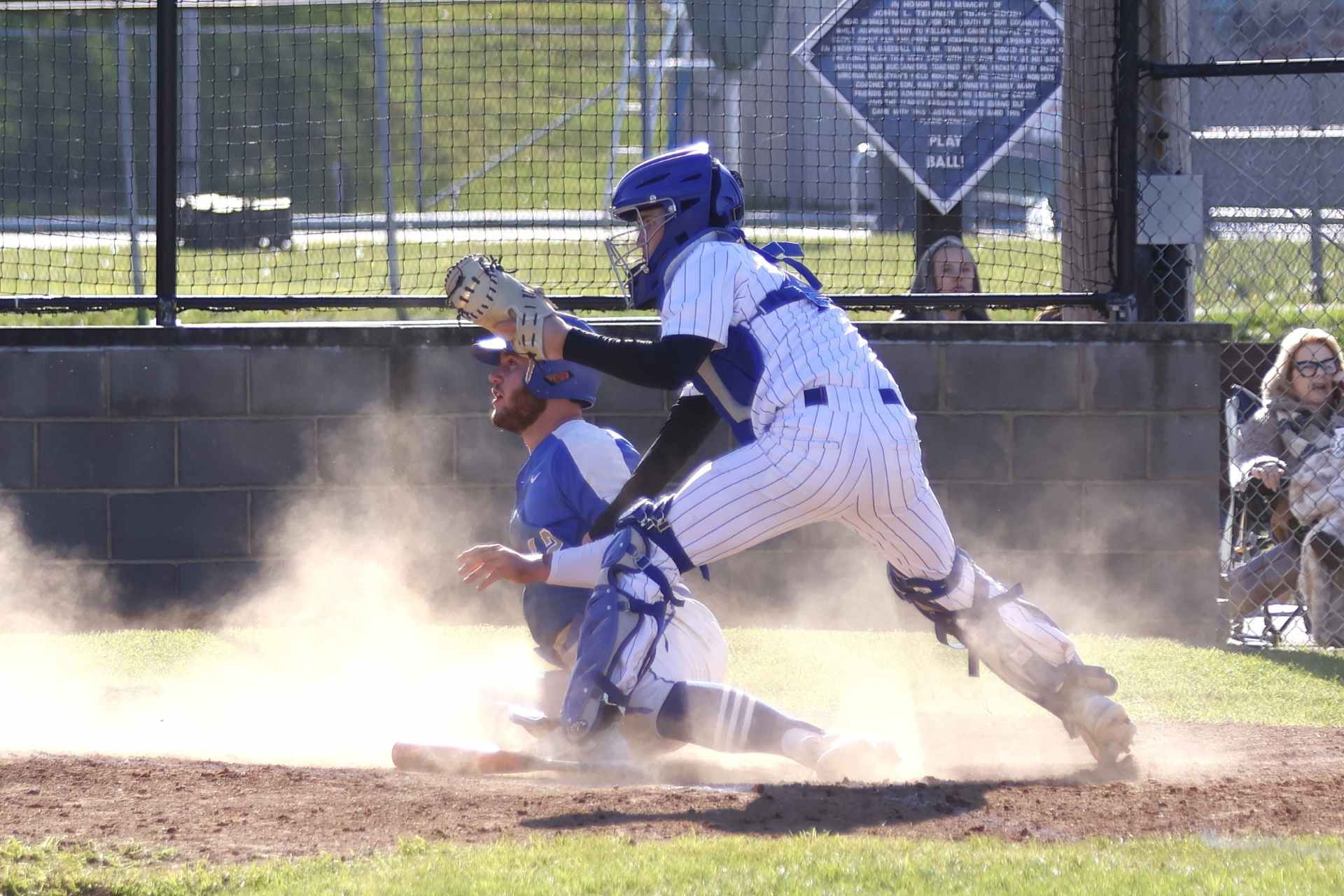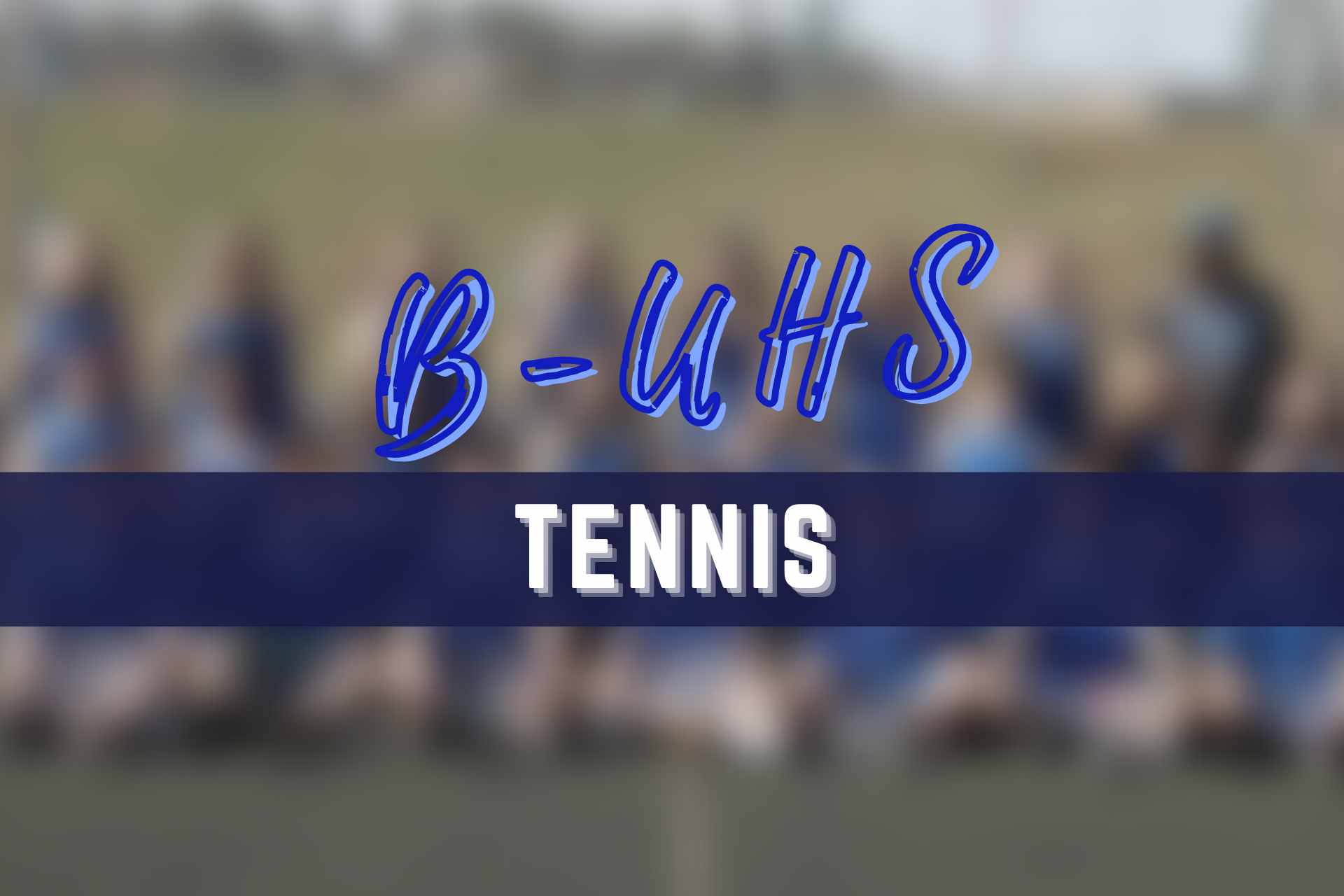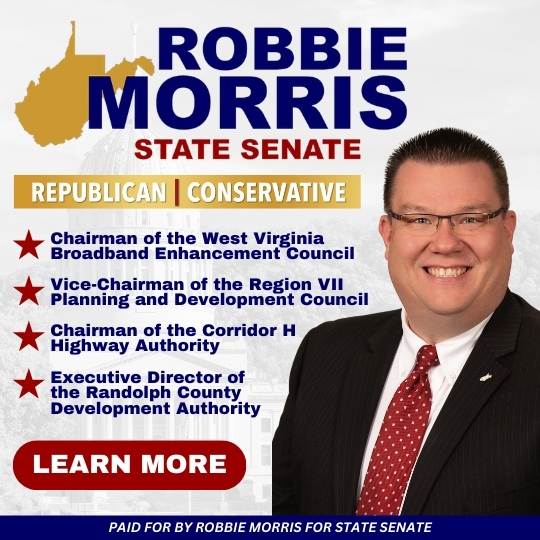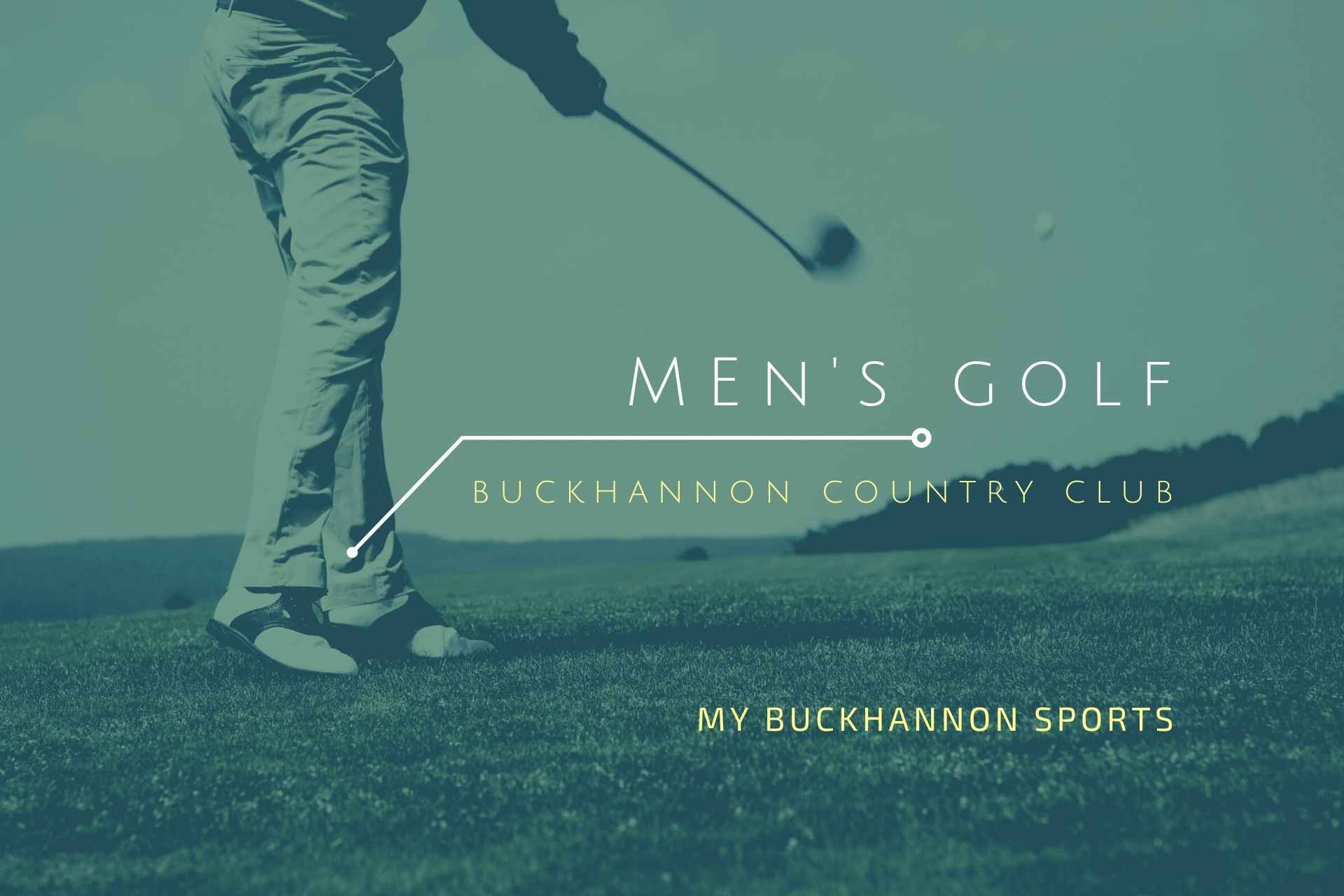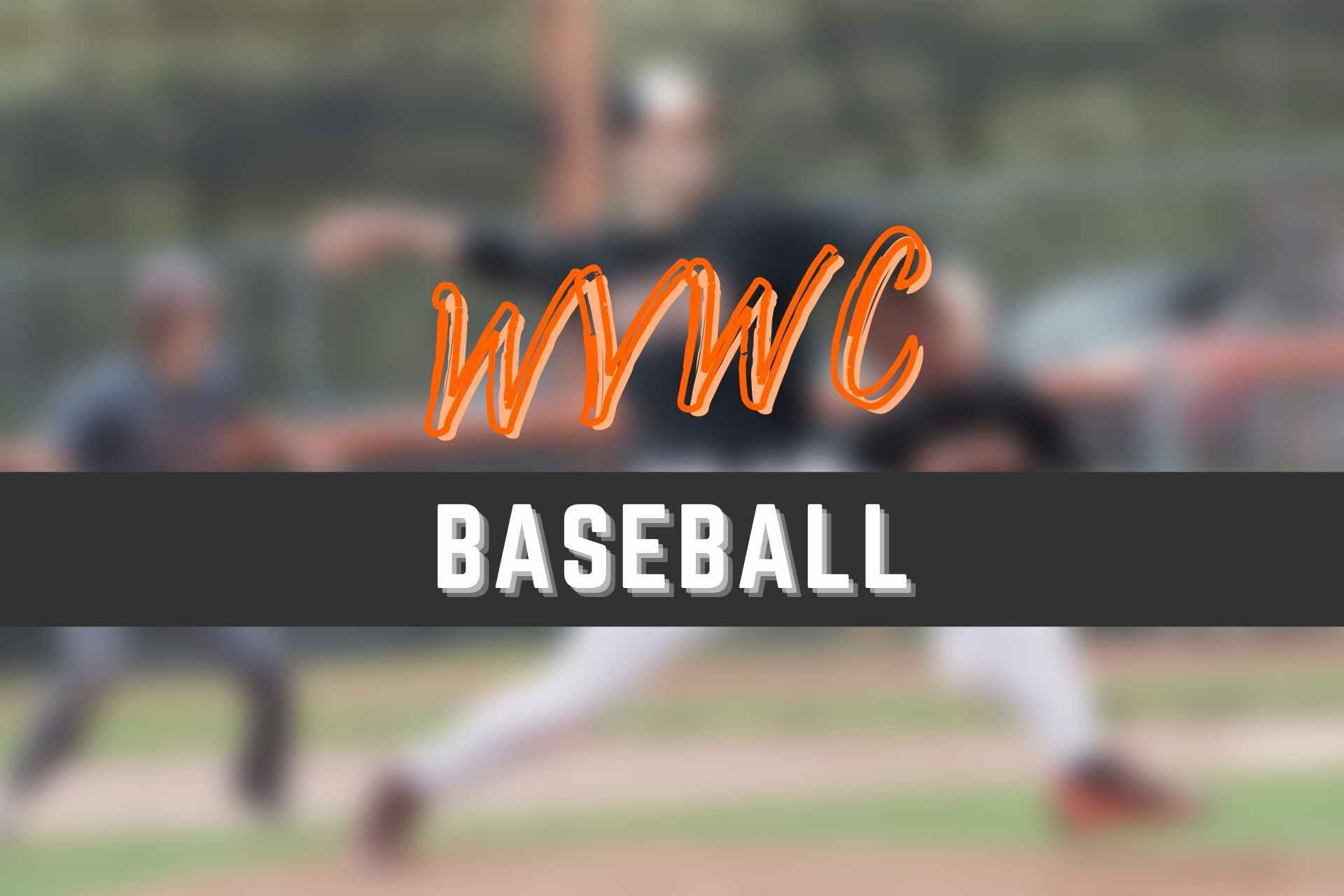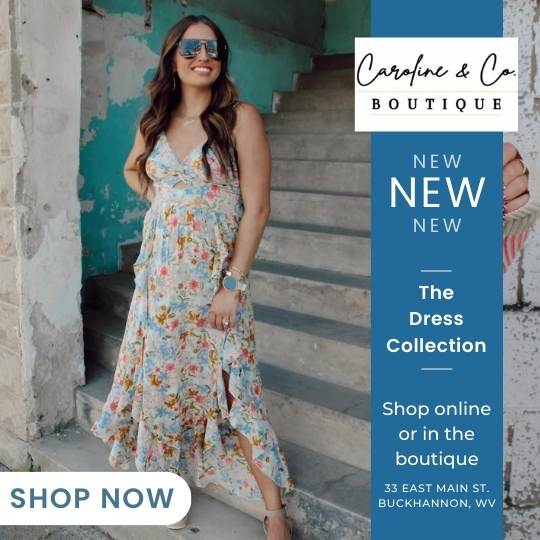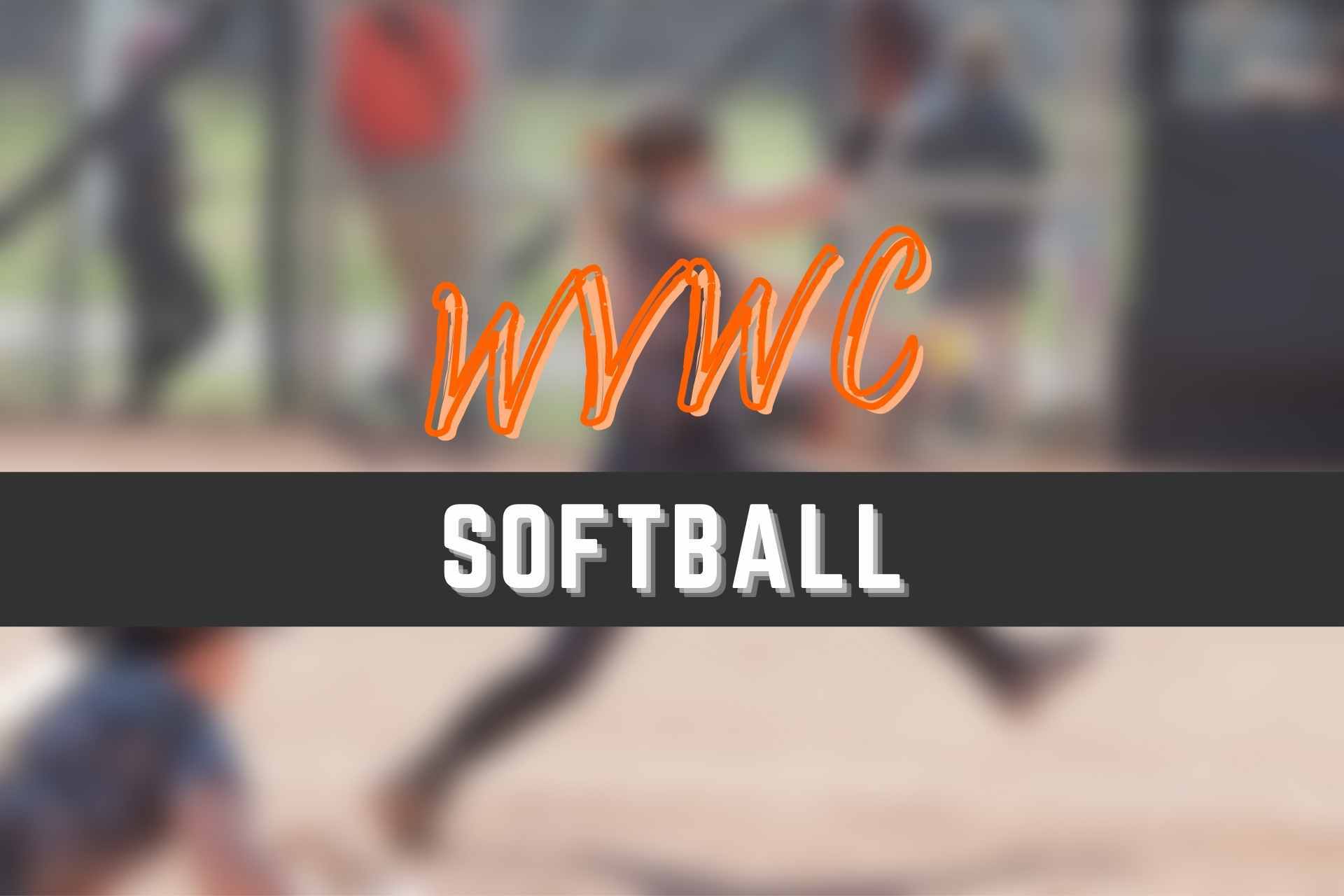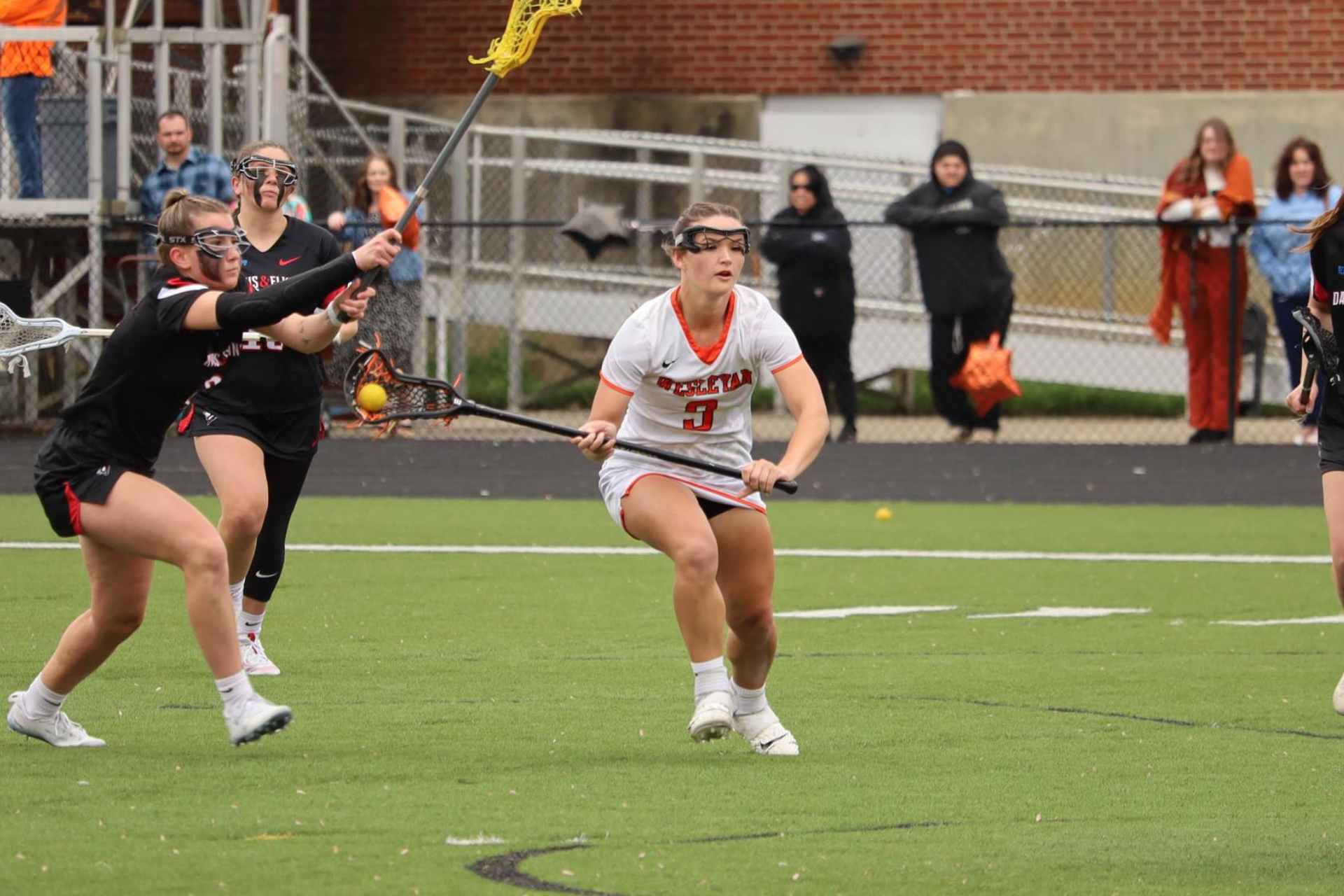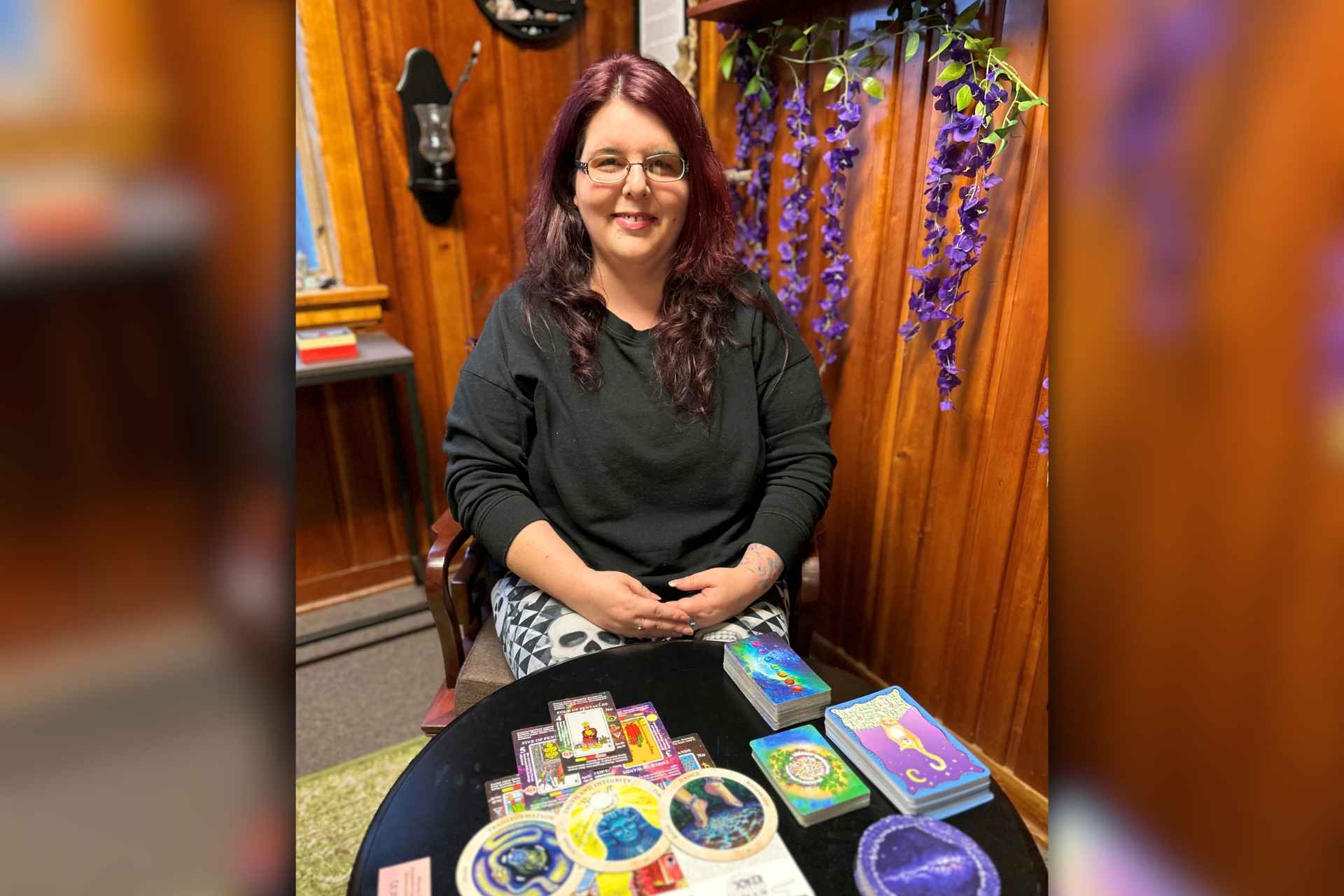CHARLESTON, W.Va. – Consider the life of a city or town and you think of art, festivals, music and other opportunities for celebrating common ground. Public art can add a sense of community pride and brighten up city streets and highways. In this era of West Virginian’s working together to move our state forward, it’s an idea the West Virginia Division of Highways (WVDOH) embraces.
“Art gives the community some buy-in into what they’re doing,” said Dave Cramer, Economic Development Engineer in the WVDOH Commissioner’s office. “It allows the community to involve some local artists, which most do.”
WVDOH maintains a narrow right-of-way in the immediate vicinity of each roadway. When a neighboring property slips into the road or when right-of-way must be acquired to build a new road, these can be sources of frustration for the public and WVDOH alike. The process of applying to install art on a WVDOH right of way, by contrast, adds some color to that world of black and white, taking into consideration public safety while working to promote vibrancy and hope in a community.
Several years ago, federal highways officials encouraged West Virginia to develop an official policy to address requests to put public art projects on state rights-of-way. Although not widely known, more and more communities are applying for permission to install art projects on DOH property.
A series of colorful murals on piers beneath Interstate 64 near Magic Island in Charleston and under the I-70 bridges in Wheeling are some of the more well-known public art installations approved under the program.
“Recently, we got a proposal that we approved for the city of Morgantown that involved putting murals on traffic signal cabinet boxes in downtown,” Cramer said.
While would-be artists can’t just show up on a bridge with a bucket of paint and a brush, a formalized application process provides a way for communities and artists to spruce up their public spaces while keeping themselves and each other safe.
“The program so far has been fairly positive,” Cramer said. “We’re always agreeable to considering anything.”
For a link to the application form, click here.
To find out more about the application process, email Cramer at David.E.Cramer@wv.gov or call 304-414-6697.
